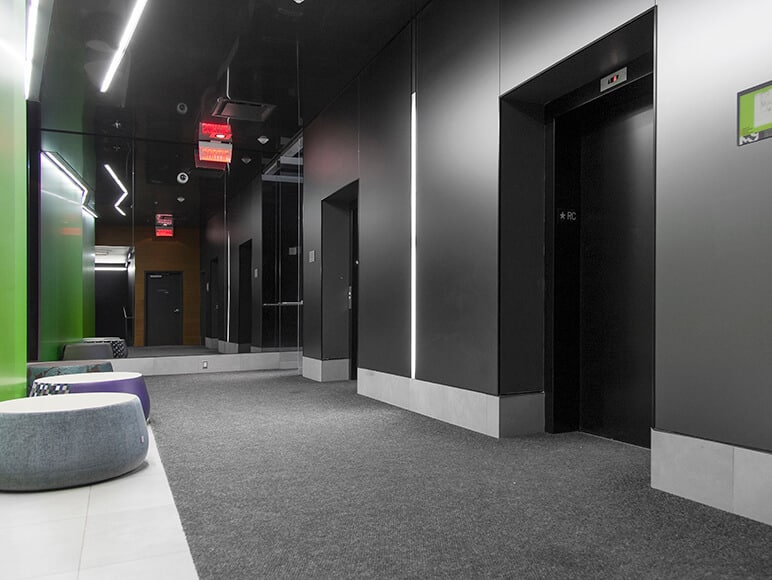Authored by Josée Lupien, LEED Fellow, President Vertima: Looking back 10 years, the demand for healthier manufactured products was already present in North America’s architecture and design industry (A & D).
In an independent study published by MindClick SGM in October 2010, 300 commercial and institutional architects and designers were asked about their bias in specifying products based on green product certification. Among these, 40% indicated that during 2009, the majority of their projects included green product specifications or purchases. Today this ratio has increased to over 60%. Simply put, the majority of architects are looking for hard scientific data on products specified in their projects, as well as effective tools to compare the sustainability performance that underpins credible certification.
Life cycle assessment (LCA) leading to the Environmental Product Declaration (EPD) is an important toolset used to evaluate the overall environmental impact of a product. For years, European companies have carried out LCAs. However, they have not always been associated with EPDs. Many companies have done this to find out where their main waste comes from in terms of energy and materials.
Today, the majority of architects and designers around the world are familiar with LCA and are now looking for products that have an LCA and an EPD. They believe that EPDs are useful because of the detailed information they provide on sustainability performance and because they make it possible to compare the sustainability of products.
The most important ecological criteria sought by architects and designers are:
- Product specifications provided by the manufacturer
- Documentation validated and certified by a recognized third party.
- Life Cycle Analysis and Environmental Product Declaration (ACV / DEP)
- Health Product Declarations
- LEED Qualifications
- Proof of compliance with federal regulations on ecological declarations

The EPD is also important for architects because green product certifications affect all participants involved in this industry. Below is a list of stakeholders that have a stake in EPD declarations, and why:
- Manufacturers need to know how to make better products in a transparent way.
- Procurement managers need to compare the ingredients of competing products in an effort to evaluate their environmental quality and related return on investment.
- Suppliers must be able to differentiate between product options available so they can make informed choices that take into account environmental concerns and related costs.
- General contractors are interested in learning how to use EPDs to create synergy with all that is specified. They recognize that better products can reduce the impact on environment and health.
- Consumers are interested because safety is a primary concern for them as part of their purchase decision, and as a component of return on investment.
- Owners and project developers often make green investments that allow their leasing customers to express and market their values through the building they occupy. EPD’s enable transparency in communicating this value add.
- Governmental bodies are very interested in EPD as they implement more and more environmentally responsible standards (example: California Bill 262, Buy Clean Act).
- To conclude, architects and designers are specifying green products to ensure that building occupants are benefiting from a truly greener work environment, and to ensure greater sustainability and transparency in the industry. EPD’S play a vital role in providing credibility and transparency to the process.
About Vertima
After more than 30 years in the manufacturing industry and numerous collaborations with architects, engineers and general contractors, Ms. Lupien, LEED Fellow, BD + C & ID + C, and Mr. DesRosiers, LEED AP BD + C , decided to invest in the green-building sector by setting up the company Vertima in 2008, bringing together a team of experts with incomparable expertise in environmental analysis of building materials and implementation of sustainable building projects. Today, Vertima actively supports manufacturers and all those involved in a green and sustainable construction projects, in most current certifications, valued by its customers. The greatest strength of the company remains the quality of its services, the integrity, the transparency and the professionalism of its team as well as its network of partners and trusted collaborators. The influence of Vertima is through the involvement and contribution of its leaders and seniors in the evolution of sustainable building in Quebec and elsewhere in America over the last 12 years.


